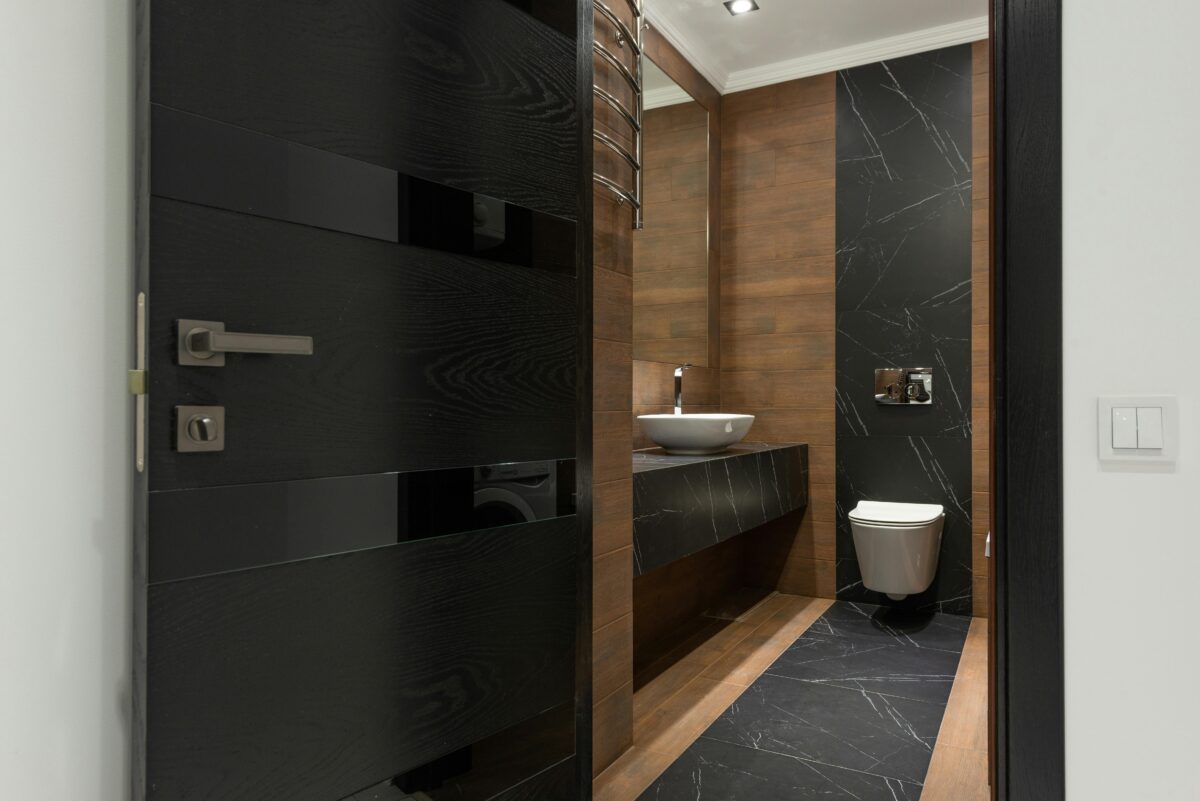Encountering a clogged toilet can be a frustrating experience, especially when you don’t have a plunger on hand. Fortunately, there are several effective methods to tackle this issue using common household items. This guide will provide you with step-by-step instructions, necessary tools, safety tips, troubleshooting advice, and maintenance strategies to ensure your toilet remains clog-free.
Effective Methods to Unclog a Toilet
Hot Water and Dish Soap
One of the simplest methods to unclog a toilet without a plunger involves using hot water and dish soap. This approach utilizes the lubricating properties of the soap and the heat from the water to break down the blockage.
- Start by boiling approximately one gallon of water.
- Once the water reaches a rolling boil, remove it from the heat.
- Pour a generous amount of dish soap into the toilet bowl, allowing it to coat the sides.
- Slowly add the hot water to the bowl from waist height. This helps create pressure and can dislodge the clog.
- Wait for about 10-15 minutes, then flush the toilet to see if the blockage has cleared.
Baking Soda and Vinegar
This classic combination is not only effective for unclogging toilets but is also an environmentally friendly solution. The chemical reaction between baking soda and vinegar can help break down stubborn clogs.
- Start by pouring one cup of baking soda into the toilet bowl.
- Follow this with one cup of vinegar. The mixture will fizz and bubble, which aids in breaking up the blockage.
- Allow the mixture to sit for at least 30 minutes. For tougher clogs, consider waiting up to an hour.
- After the waiting period, flush the toilet. You may need to repeat the process if the clog persists.
Using a Wire Coat Hanger
A wire coat hanger can serve as a makeshift tool to manually dislodge clogs that are not too deep in the toilet trap.
- Unravel the coat hanger until it is mostly straight, leaving a small hook at one end.
- Carefully insert the hooked end into the toilet bowl, aiming for the center of the blockage.
- Gently push and twist the hanger to break apart the clog. Be cautious not to scratch the porcelain.
- Once you feel the blockage loosening, flush the toilet to clear any debris.
Tools and Materials Needed
While many of the methods above use common household items, having a few specific tools can make the unclogging process more efficient.
Essential Tools
- Rubber gloves: To protect your hands from germs and unpleasant odors.
- Bucket: Useful for transferring water if needed and to catch any overflow.
- Wire coat hanger: A versatile tool for manual unclogging.
- Plumber’s snake: If available, this tool can reach deeper clogs that other methods cannot.
Common Household Materials
- Dish soap: Helps lubricate the clog.
- Baking soda: A natural cleaning agent.
- Vinegar: Works well in combination with baking soda.
- Hot water: Assists in breaking down clogs.
Safety Precautions
Unclogging a toilet can involve handling unpleasant materials. Following safety precautions will help ensure a smooth process.
- Wear rubber gloves: Protect your hands from germs and bacteria.
- Ventilate the area: Open windows or turn on fans to prevent unpleasant odors from lingering.
- Use caution with hot water: Boiling water can cause burns if not handled properly. Always pour from a safe height.
- Be mindful of chemical reactions: If using baking soda and vinegar, ensure the area is well-ventilated to avoid inhaling fumes.
Troubleshooting Persistent Clogs
If you’ve tried the above methods and the toilet remains clogged, consider the following troubleshooting steps.
Assess the Severity of the Clog
Determining whether the clog is minor or severe can help decide the next course of action.
- If water drains slowly but eventually goes down, the clog may be minor and could be resolved with additional treatments.
- If the water does not drain at all, a more serious blockage may require a plumber’s snake or professional assistance.
Check for Foreign Objects
Sometimes, toys or other foreign objects can cause clogs. If you suspect this is the case:
- Use a flashlight to inspect the toilet bowl and drain.
- If you can see the object, try to reach it with your wire coat hanger or grabber tool.
Regular Maintenance to Prevent Clogs
Preventing future clogs is easier than dealing with them after they occur. Implementing regular maintenance practices can keep your toilet functioning smoothly.
Flush Only Appropriate Items
Educate all household members on what can and cannot be flushed down the toilet. Only human waste and toilet paper should go down the drain.
Routine Cleaning
Regularly clean your toilet using non-toxic cleaners. This not only helps maintain hygiene but also prevents the buildup of materials that can lead to clogs.
Check for Plumbing Issues
If you frequently experience clogs, consider having your plumbing system inspected. Old pipes or improper installation can contribute to recurring issues.
By following these methods and maintenance tips, you can effectively manage toilet clogs without a plunger. Remember, patience and persistence are key, and taking preventive measures will save you from future headaches.
